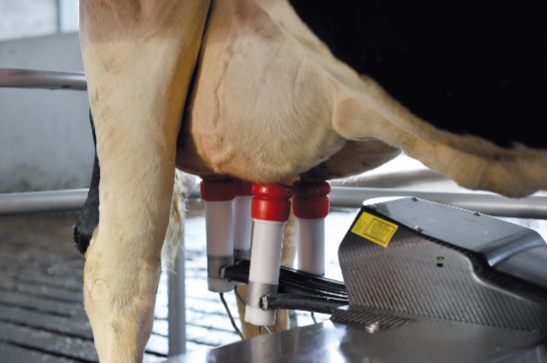
Dairy Farmers know that physical demands of running the farm can take a toll throughout the years. The constant hunching over, reaching out, hauling, lifting - over time that repetition can be felt by the dairy farmer in his or her joints.
In a recent study from the Journal of Agromedicine, 84% of Swedish and German milkers surveyed, reported Muscoskeletal Symptoms (MSS) in at least one body part. Highest prevalence was reported in the lower back, shoulder, and neck. (Journal of Agromedicine Volume 21, Issue 1 2016)
An update in technology in the 1960's, automatic takeoffs, relieved some of the farmer's plight. However even with the monumental advancements, milking continues to prove itself as a very physically demanding profession.
Enter robotic milking.
Robotic milkers took the milking machine of the 60's and raised it to new heights! No more awkward arm extensions in the pit with your head and neck retracted as far from the cow as possible. No scrunching down in every stall attaching milking units in that stanchion. Now it's a voluntary milking situation, the cows come and milk themselves. Farmers with robotic milking say they actually see a milk production increase this way.
This is the changing face of a centuries old industry.
The robots detect when the cow is in the stall, clean their udders, attach cups to the teats, and extract the milk while also recording information about individual cow health and milk production.
The cost to implement robotics can be a significant investment for the dairy farmer, but the return on this investment can be realized by the reduction in labor and the increase in milk production. The University of Minnesota extension office calculated a ROI spreadsheet here.
Robotic milking machines are proven investments that free up the farmer to do other activities on the farm and can also free the farmer from the long held painful tradition of sore knees and backs.


